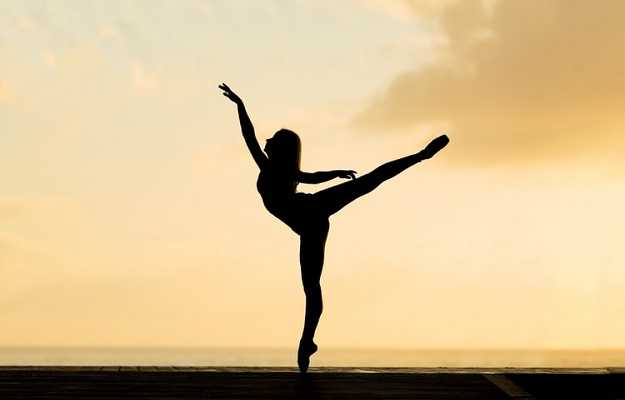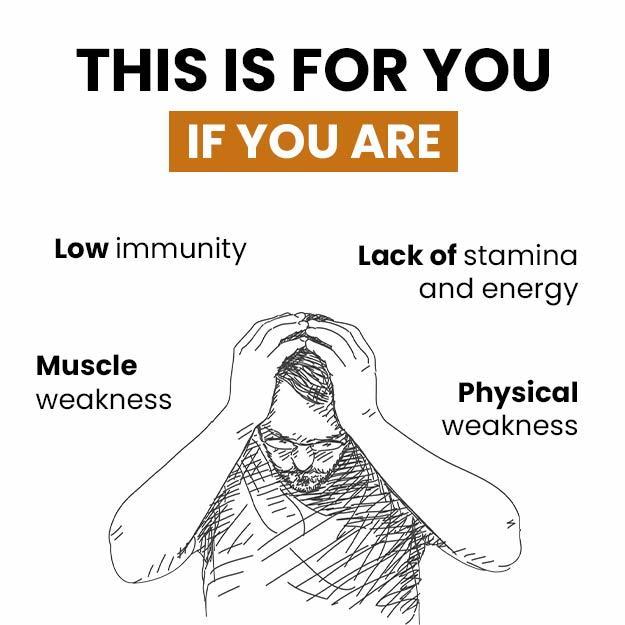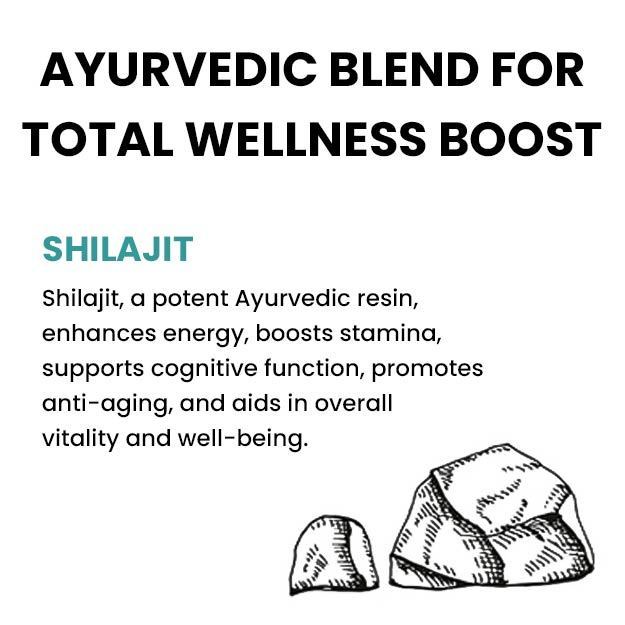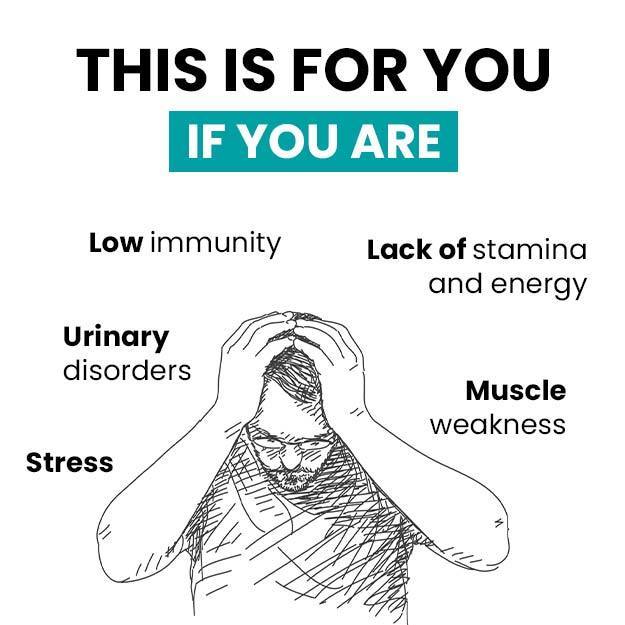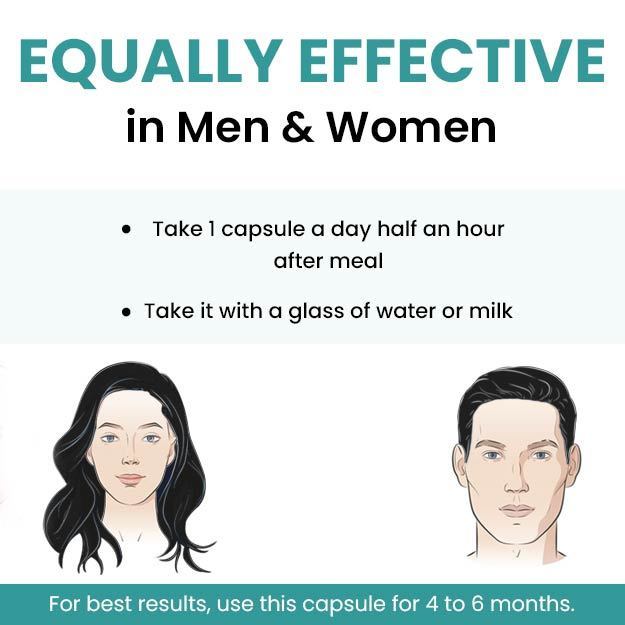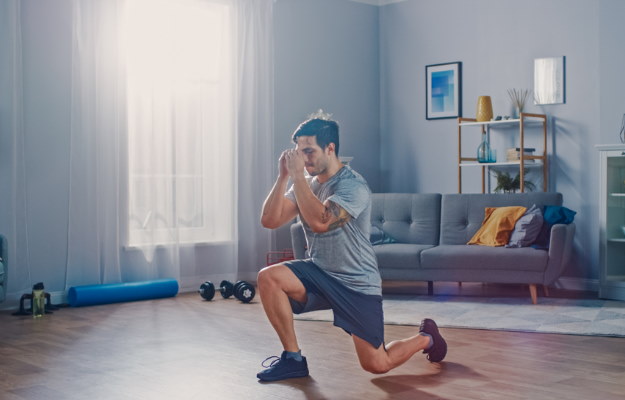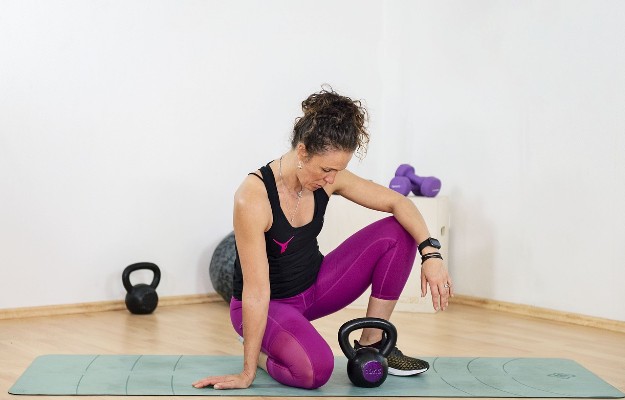Staying fit is very important and exercising every day for at least half an hour is necessary for good health. You could try to follow a strict routine of yoga or take up a gym membership and try everything from weight training to high-intensity interval training (HIIT). However, for many people, motivation to go to the gym regularly peters out as soon as the initial enthusiasm to get fit does. This may be also because gym memberships can be expensive to keep up and repetitive workout routines can become boring.
These problems rarely emerge when you try a dance workout. Dancing is one of the most natural forms of aerobic exercise, which not only keeps you healthy but also entertained and engaged. All you need to do is to switch on your favourite music, slip into your jogging shoes and start dancing. You need not even be a trained dancer to be able to groove your way into fitness and better health, as dancing has come naturally to humans since prehistoric times. That’s why you won’t find a single culture in world history which hasn’t had its own dance rituals.
There are various physical as well as mental health benefits of dancing, which makes this form of workout very effective even today. Studies show that from promoting weight loss and toning your muscles to improving your cognitive abilities, dancing can help you maintain all aspects of your health. However, there are a few things you must keep in mind while taking up a dance workout since, like every other exercise form, improper form and method can cause injuries. Here’s everything you need to know about dance workouts, including their types, benefits, risks and tips on how to start out.
(Read more: Fitness)

